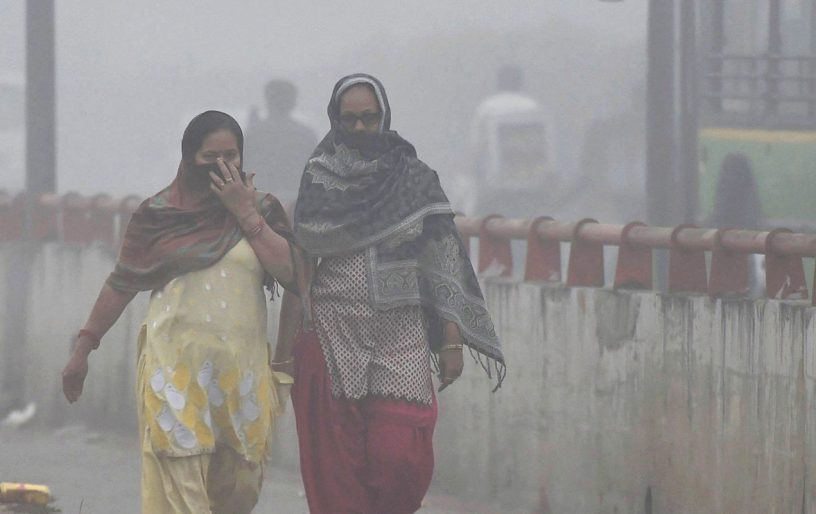
This study presents particulate air pollution trends monitored over one year in three small cities in India – Bulandshahr, Patiala and Nainital.
Authors:
Girish Agrawal, School of Art & Architecture, O.P. Jindal Global University, Sonipat, Haryana, India
Dinesh Mohan, Transportation Research and Injury Prevention Program, Indian Institute of Technology at Delhi, Hauz Khas, New Delhi, India
Hifzur Rahman, Transportation Research and Injury Prevention Program, Indian Institute of Technology at Delhi, Hauz Khas, New Delhi, India
Summary
Exposure to ambient air pollution is a major threat to human health in most Indian cities. Recent studies have reported that more than three-quarters of the people in India are exposed to pollution levels higher than the limits recommended by the National Ambient Air Quality Standards in India and significantly higher than those recommended by the World Health Organization.
Despite the poor air quality, the monitoring of air pollution levels is limited even in large urban areas in India and virtually absent in small towns and rural areas. The lack of data results in a minimal understanding of spatial patterns of air pollutants at local and regional levels.
This paper presents particulate air pollution trends monitored over one year in three small cities in India. The analysis is based on data collected from September 1, 2018 to October 31, 2019 in Bulandshahr and Patiala, and from August 14, 2018 to July 7, 2019 in Nainital. The monitors were set to record a reading every minute and then upload the data to the server every 10 min. For this study, the data were averaged every 30 min. The data shows that the city of Bulandshahr reported the highest level of pollution for both PM2.5 and PM10, followed closely by Patiala. Nainital reported the lowest PM2.5 and PM10 pollution levels among the three cities.
The findings are important for framing state and regional level policies for addressing air pollution problems in cities, and achieve the sustainable development goals (SDGs) linked to public health, reduction in the adverse environmental impact of cities, and adaptation to climate change, as indicated by SDGs 3.9, 11.6 and 11.b.
Published in: IATSS Research
To read the full article, please click here


